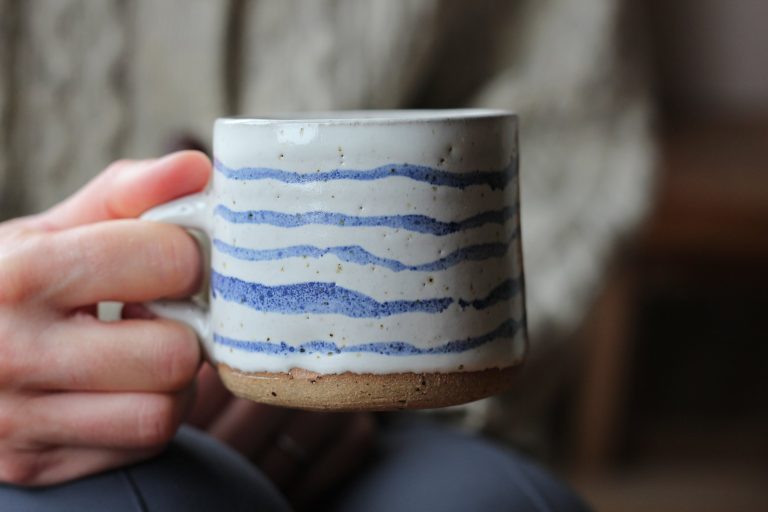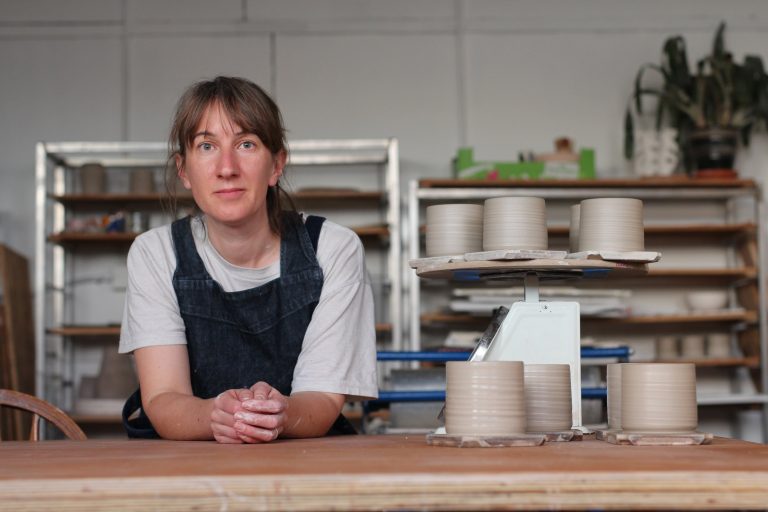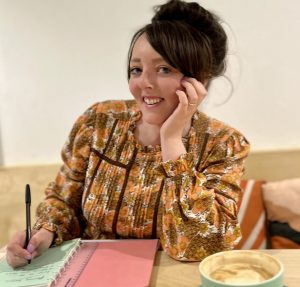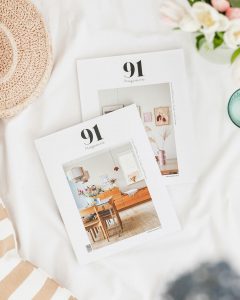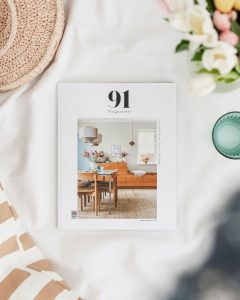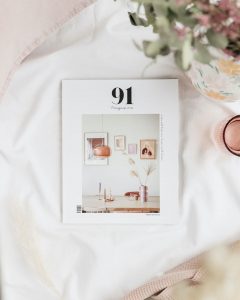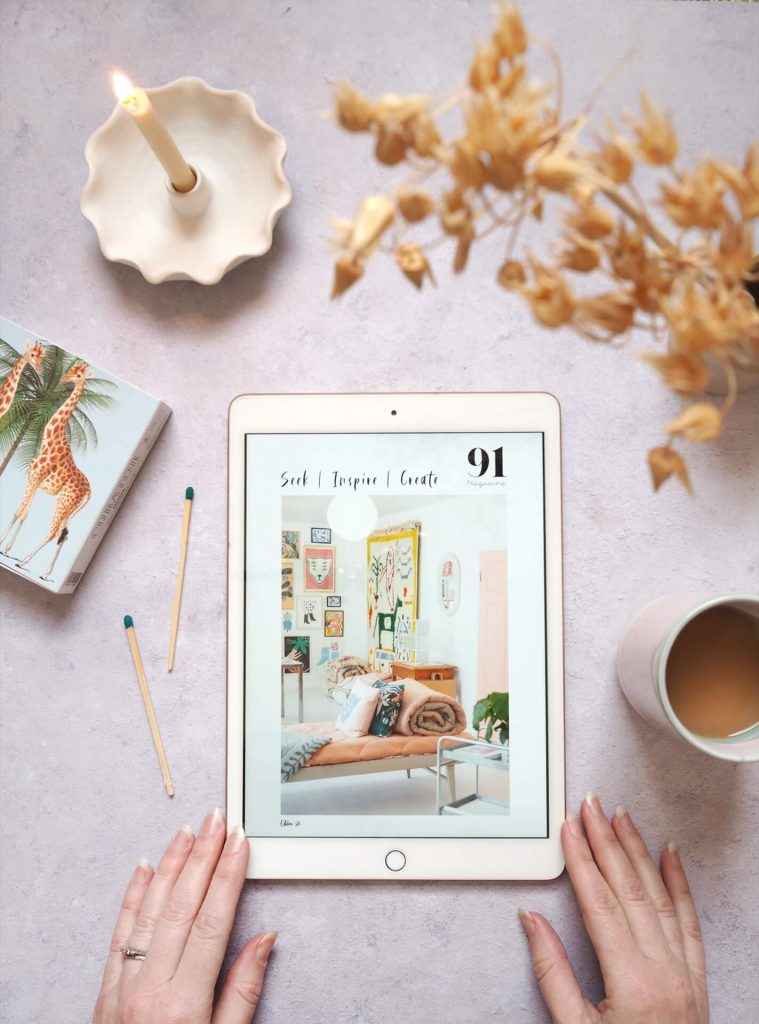The ceramicist tells us more about how her craft offers a catharsis, how her (recently new) homeland of Scotland inspires her work, and why giving yourself permission is especially important for small business owners…
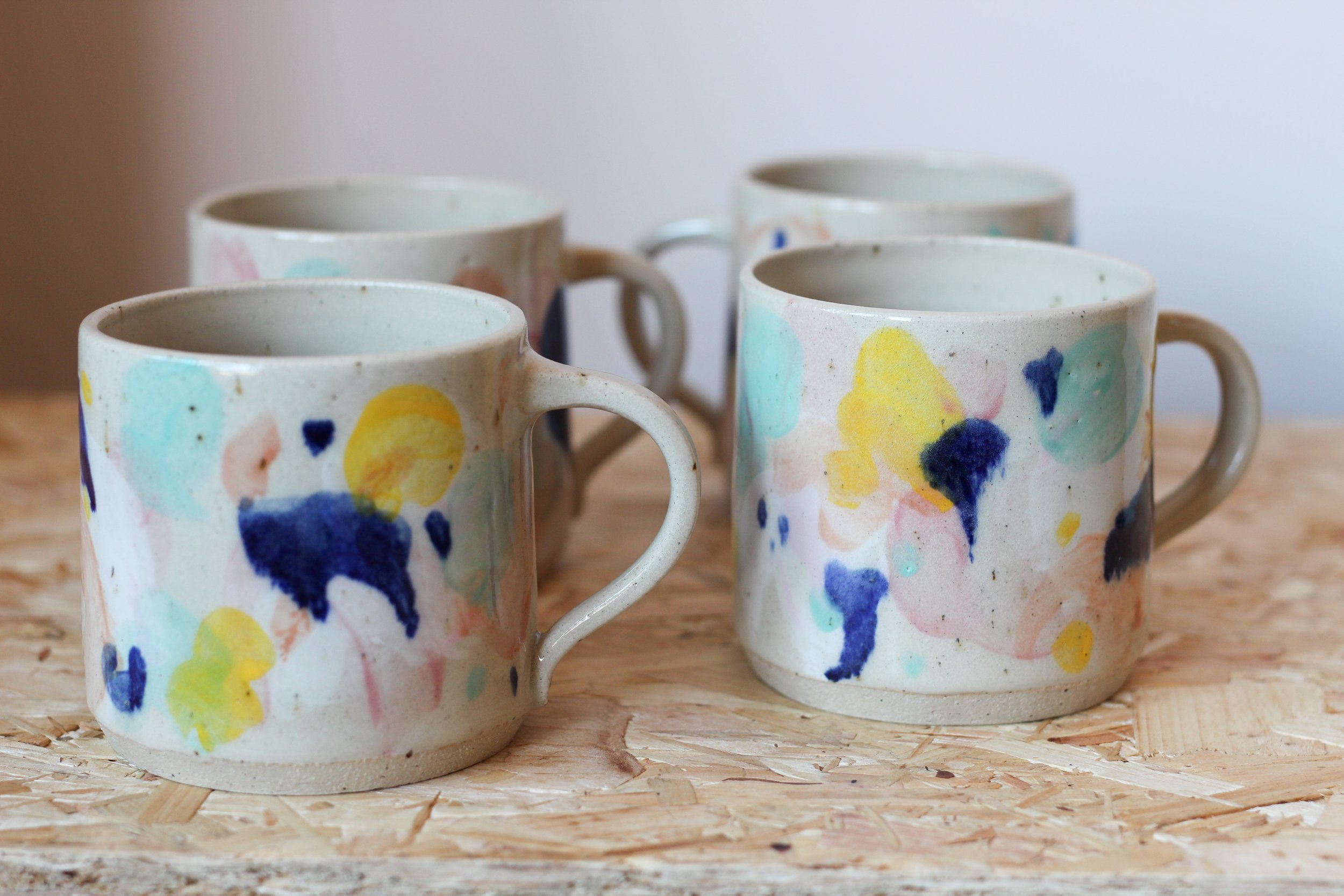
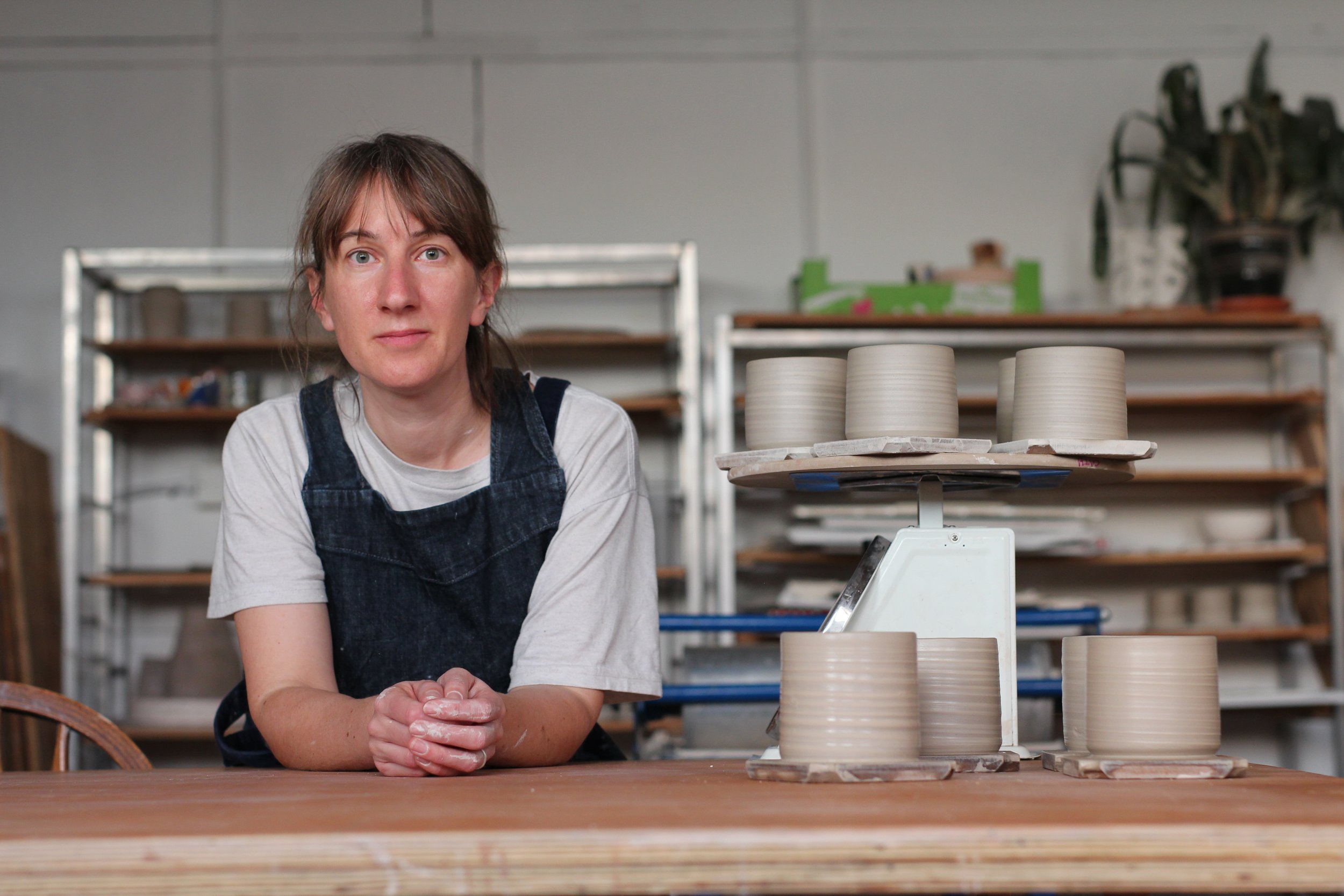
Hi Cath, why and when did you decide to start your business?
I started making with clay during a really stressful time in my day job. I knew I wanted to make a change to my life and I’d secretly hoped that I could do more with my ceramics eventually. The ‘business’ side of things in some ways grew organically, with a few friends asking about buying early pots. That gave me the confidence boost I needed. Attending markets was important too. I’m still not sure if I really think of Cath Pots as a business or an art practice or therapy even.
Another big boost came when Alexis Noble, who runs Wander restaurant in Stoke Newington, asked me to make some tableware for her opening. The brief for that was perfect for me at the stage I was at in my making, because it was very open. She basically said: “I like what you’re doing, when you’ve got more pots bring them to me.” Alexis has always been such a great supporter of my work, having that interest from people who you don’t know, was another push forward.
I’m lucky to have a really supportive partner. We had looked at our incomes and decided that I could move into making full time and we’d still be okay financially. I think that’s a piece of the puzzle that people don’t mention so much; it meant I didn’t have the pressure to replace my salary with an income. That gave me the freedom to really focus on my making skills and exploring my aesthetic.
What had you done previously?
I previously worked in product development for a multi-national food company that supplies fruit salads to retailers. It was a wonderful team but a stressful work environment; liaising with UK retailers was sometimes a pretty thankless and brutal task. In 2014 I reduced my hours to part-time to study for a masters in Clinical Psychology. I’d initially studied History with Classics and Archaeology for my undergrad so I suppose pots were always there for me in some form.
I was also a drummer in a DIY indie punk rock outfit called “Anguish Sandwich”. We played a memorably terrible gig on the BBC Introducing stage at Reading Festival. I couldn’t hear the sound in my monitors and didn’t know to ask for them to be turned up. I always felt embarrassed about this but then I read ‘Hunger Makes Me a Modern Girl’ by Carrie Brownstein. A similar thing had happened to her, which made me feel less weird, but I still have not watched the footage from that gig.
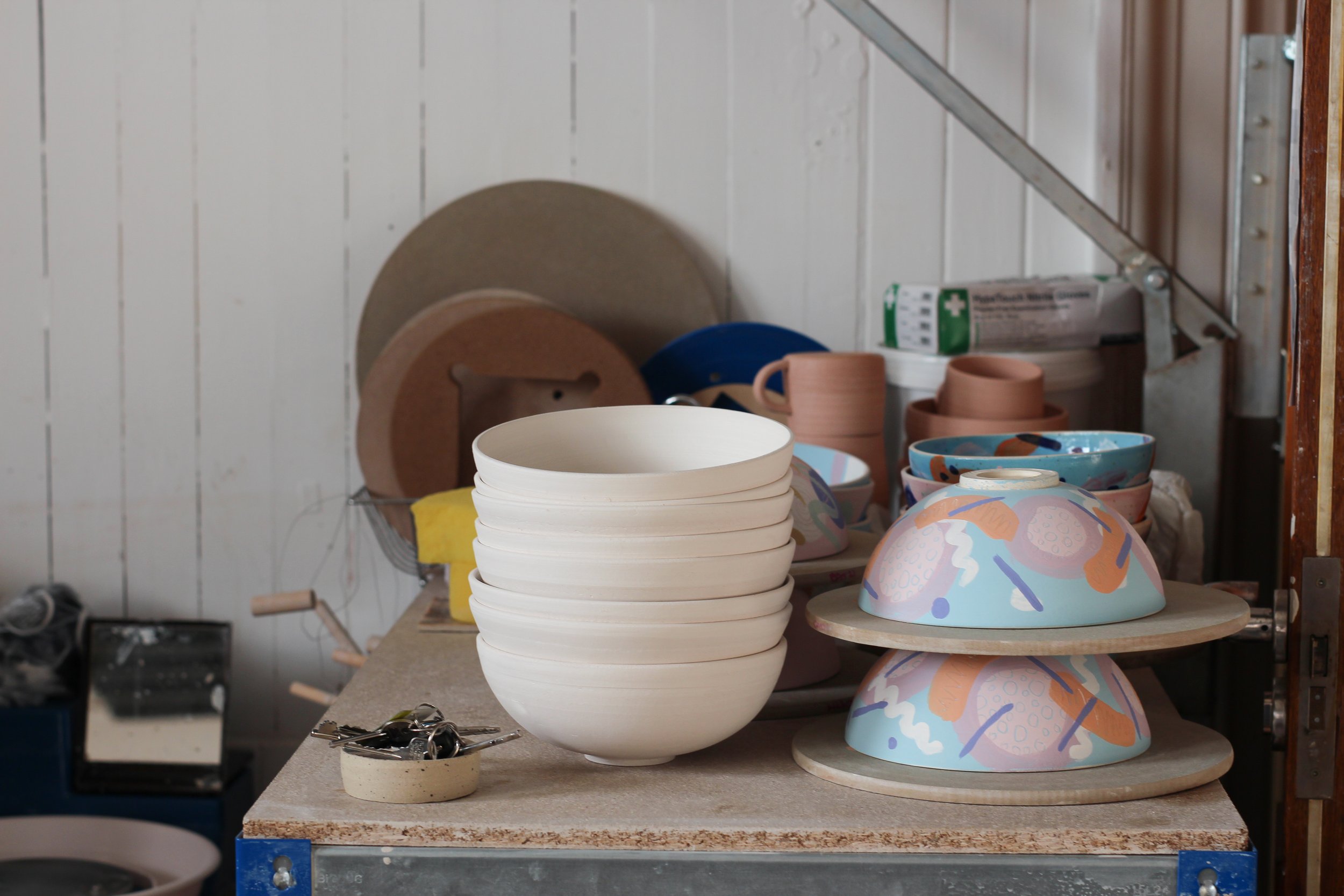
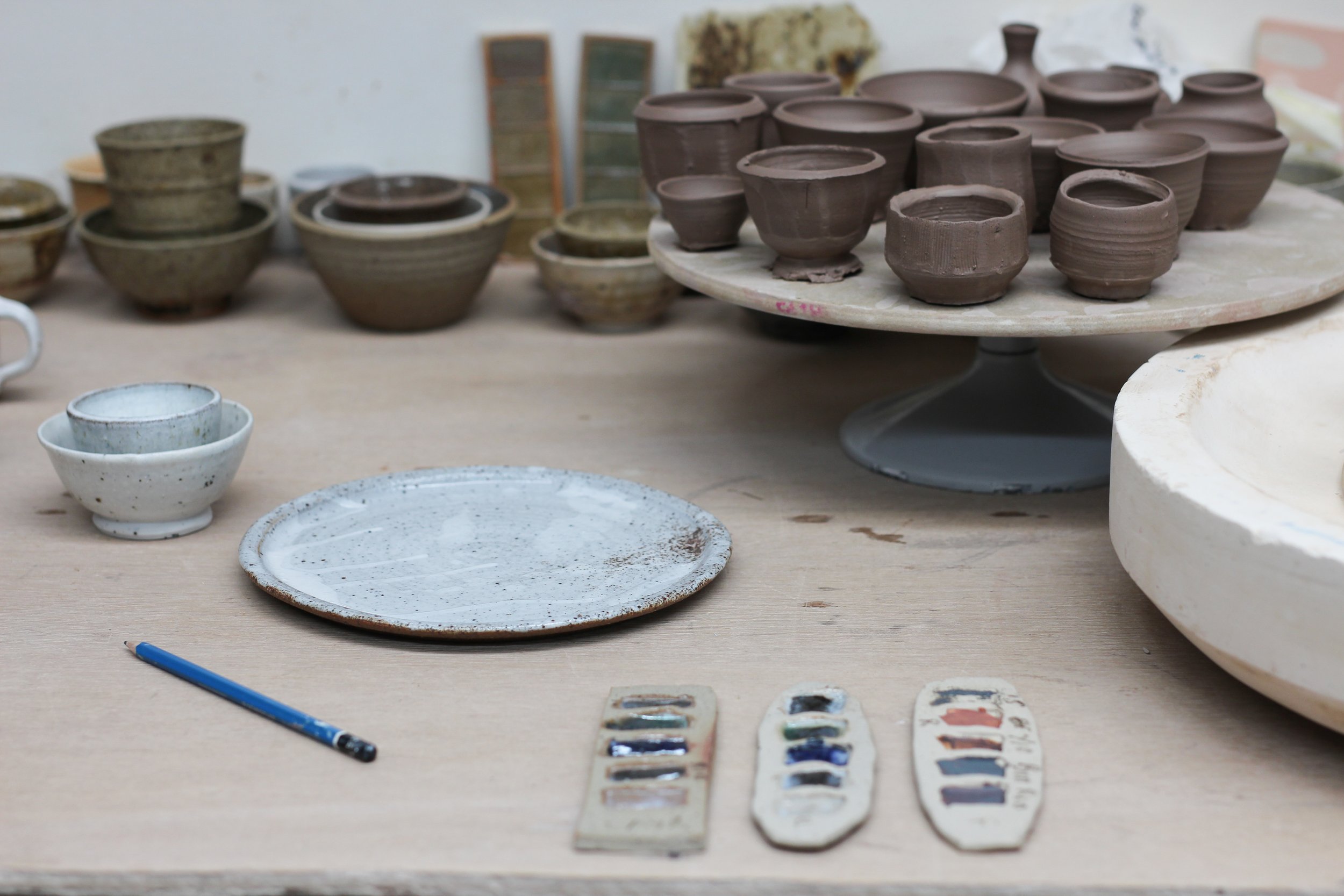
How would you describe the brand’s ethos?
I’m not sure I really think of myself or the work I’m making as a brand; it’s just me making with clay and it’s about the process of creating a piece; exploring through these acts of creation. I read something the other day from Jerry Saltz (via Instagram) about creating being an act of exorcism and that resonated with me. My ethos, when it comes to my work is, as far as possible, to continue to feel excited about what I’m creating. To give myself permission to be thoughtful or emotional or however I’m feeling at the time.
Can you tell us a little about the processes used to create your work?
A lot of my work is thrown on the potter’s wheel using stoneware clay and then decorated in a variety of ways. Some of my most popular pieces have been functional, such as cups and bowls, decorated with colourful brushstroke marks. I like to experiment with different methods of making and decoration, I don’t ever want to feel like I’m just churning out the same things. There’s huge skill in replication but it’s not something I’m overly interested in at this point.
Pottery is quite a slow process and things have to be done at the right time. I’m not always good at waiting as I’m impatient to see how things are going to turn out. To make a pot from start to finish probably takes a couple of weeks. Once the piece has been thrown and trimmed, the pot is shelved for several days to wait for the moisture to evaporate, then it goes through two kiln firings, each taking several days to heat and cool back down. The initial firing takes the pot up to 1000c and then a second glaze firing (which creates the glassy layer over the top of the clay) goes up to 1220c but can go anywhere as high as 1280c. Glazing is a whole other art form involving a heavy dose of chemistry so the entire endeavour feels like something that’s endless and I’ll always be learning.
You are inspired by clay, as a form of expression – why is this important to you?
I love that clay can be both fragile and tough. At the start of the making process it’s totally malleable but, when done right, by the end of it you’ll have a piece that is fixed and could last for generations. That’s exciting and also quite a responsibility. I’m really interested in wood and gas firings right now and have been exploring ash glazes, which is simply a glaze made with ash and a little bit of clay. I love the simplicity of that.
All these elements come from the natural world so there’s that strong connection back to the natural environment, which is a constant inspiration both aesthetically and in terms of the materials that can be used in the creation of the work.
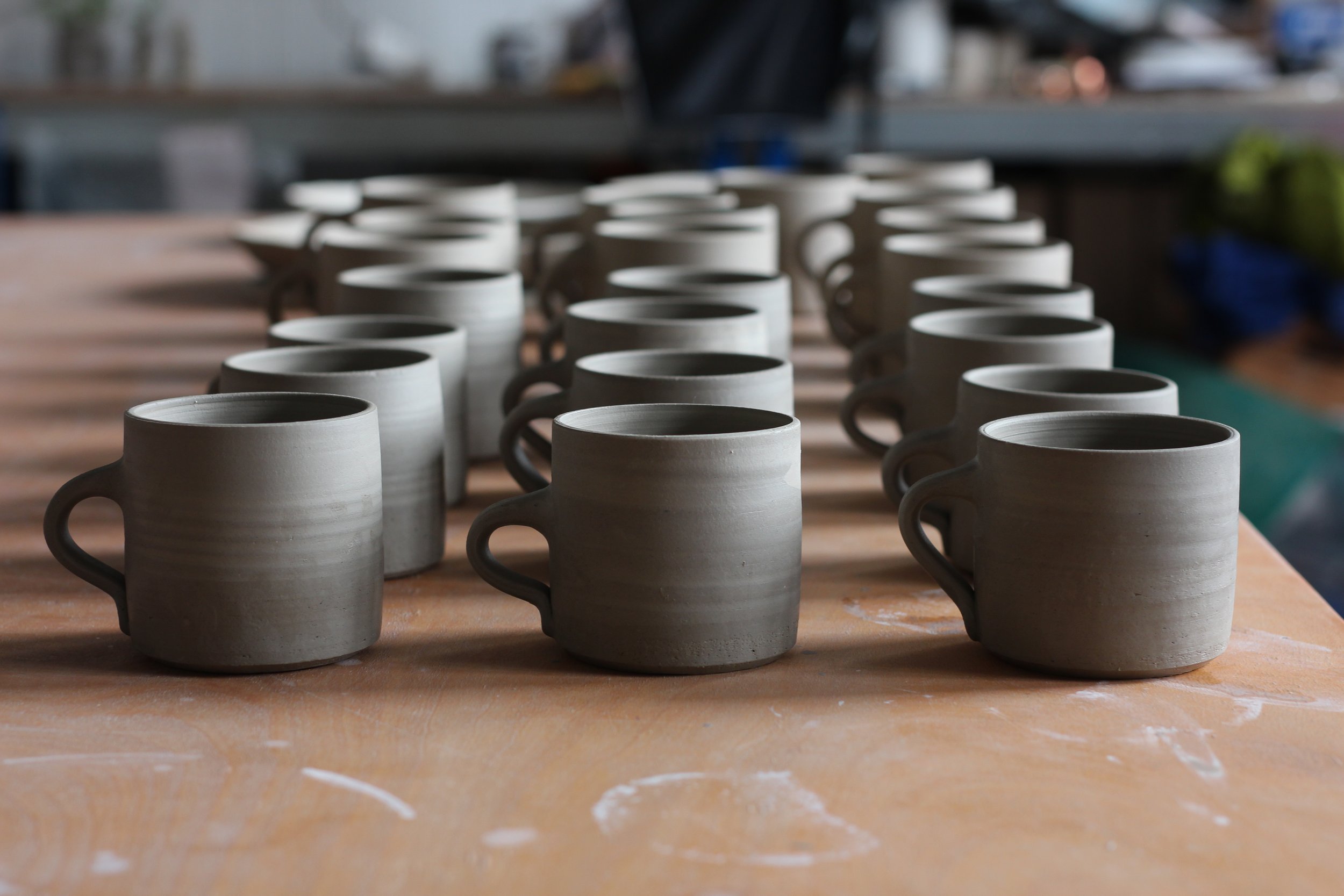
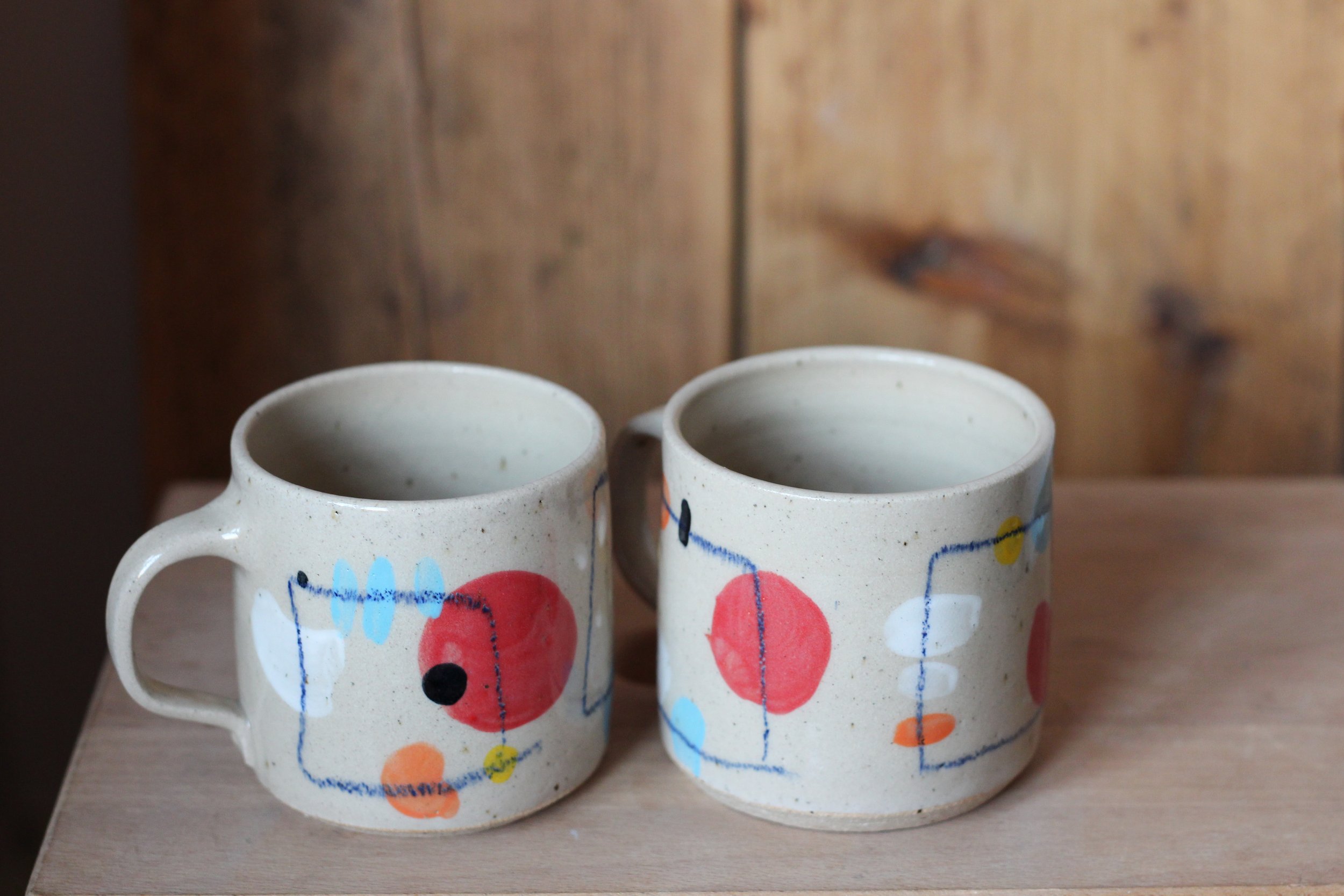
Which is your most popular product?
I have a particular design called Born Under Punches (named after a Talking Heads song), that people have said is Miro-like and involves primary colours in different shapes painted onto cups and bowls. That’s been a really popular design. People have said that the colourful pieces are joyful to use so I think it’s that little burst of colour and joy probably is the reason they’re well liked.
Do you have a favourite product?
I keep coming back to cups. Recently I’ve been making cups that are thrown on the wheel and then squished a bit so that they’re a soft square shape, then a little single finger handle is added towards the base. I’m just about to start making some of these and I want to decorate them with a shino glaze, which I’m excited about. I also love the inlaid clay cups I made a while ago – I named this the Empire Builder collection after a song by Laura Gibson. Cups are a very personal thing. I have an ever-expanding cup collection myself and I love getting to pick which one to use for my morning coffee on a particular day.
Speaking of days, what does a typical day look like for you?
I’ve just started teaching more so a typical day for me is getting up, having coffee and breakfast, walking the dog and then doing some admin or a post office drop. Around late morning I’ll head to the studio and get stuck in with whatever needs doing on the day. This can be anything from throwing on the wheel to trimming, to adding handles to cups, to loading a kiln, to making a new glaze, to glazing pots, to unloading a kiln, to recycling clay and of course, always cleaning! If I’m teaching in the evening I’ll set up for that and try to scoff some food down before the lesson. Then I’ll head back home for food and watch something on TV – usually a couple of episodes of whatever miniseries I’m watching at the time.
How do you approach PR and marketing?
I just try and post [on social media] about the things that I’m excited about or the things that are on my mind. I don’t think I’m especially good at PR and marketing but I’m also OK with very slow growth/no growth. I just want to make what I make and put it out into the world. Hopefully it resonates with some of the people who find it.
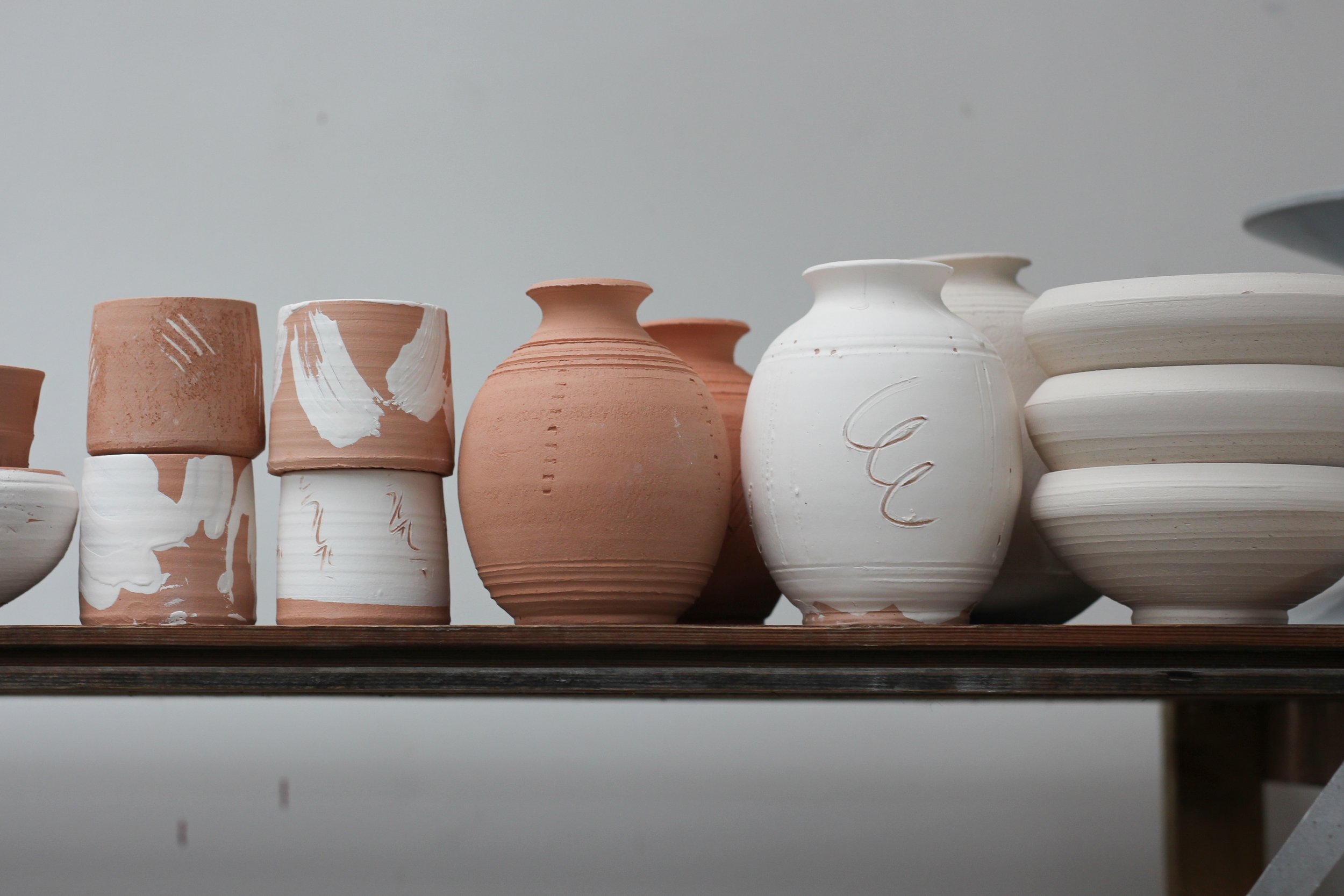
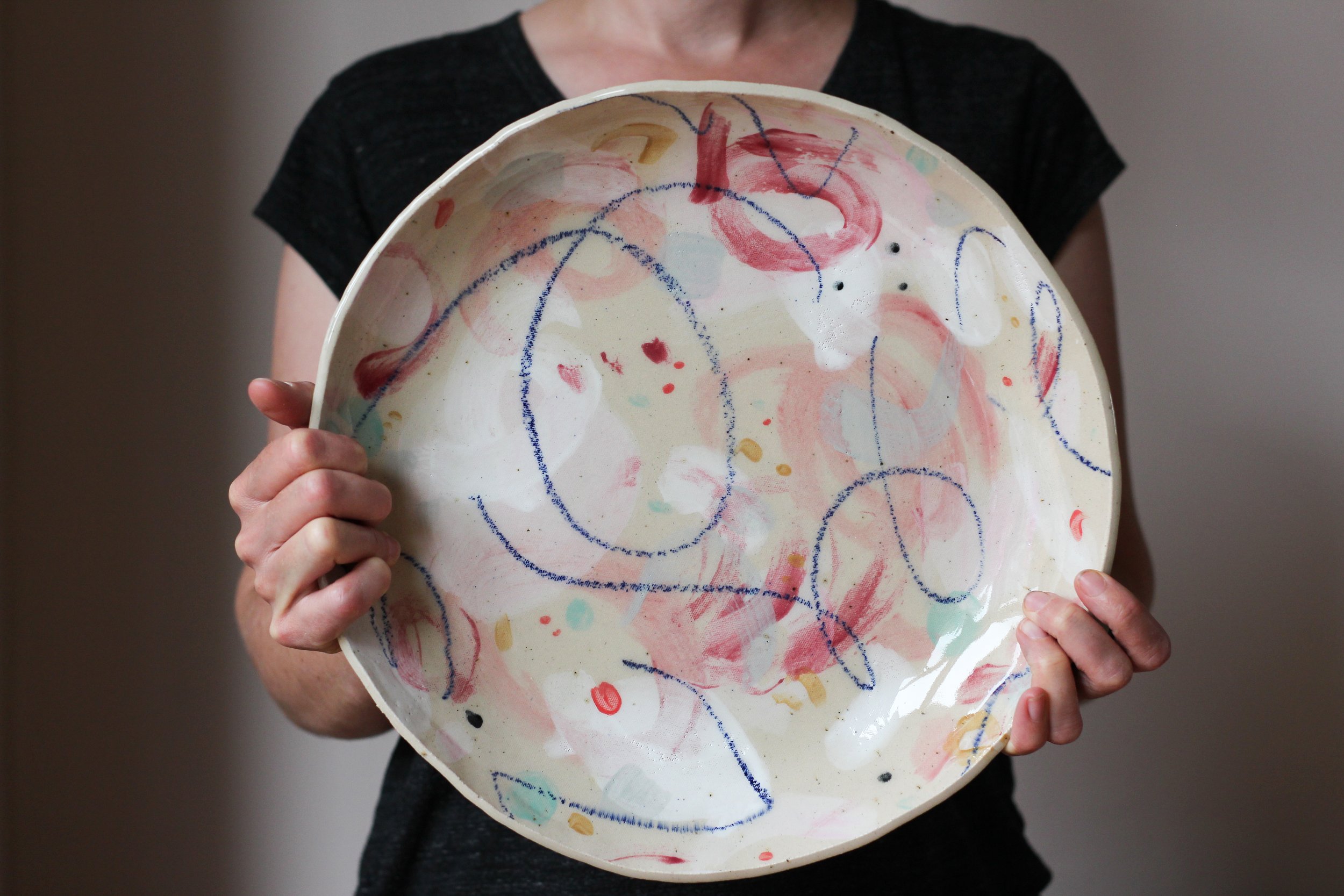
If you were to share any words of wisdom with readers looking to start a creative business, what would you say?
Think about what you want from your business and work towards that. Don’t be too precious about getting it right first time – you’ll learn as you go along. There’s no magic formula for success (or if there is, I’ve not found it). For me, taking it one day at a time and not trying to force things too much has worked out.
There are always moments when you look at what someone else has achieved and think: “should be there,” but go back to the process, follow your own interests and try to enjoy each step along the way. If you’re creating work that you love and that you find engaging, with a bit of luck, it will find its audience.
What’s been your highlight so far?
A few years ago, Clay College in Stoke, were running a series of masterclasses and I was able to participate in a three-day masterclass with Akiko Hirai. I’m so inspired by the textures in her work and to get to spend three days learning from her was such an experience and one I keep coming back to and reflecting on as I continue on my journey with clay.
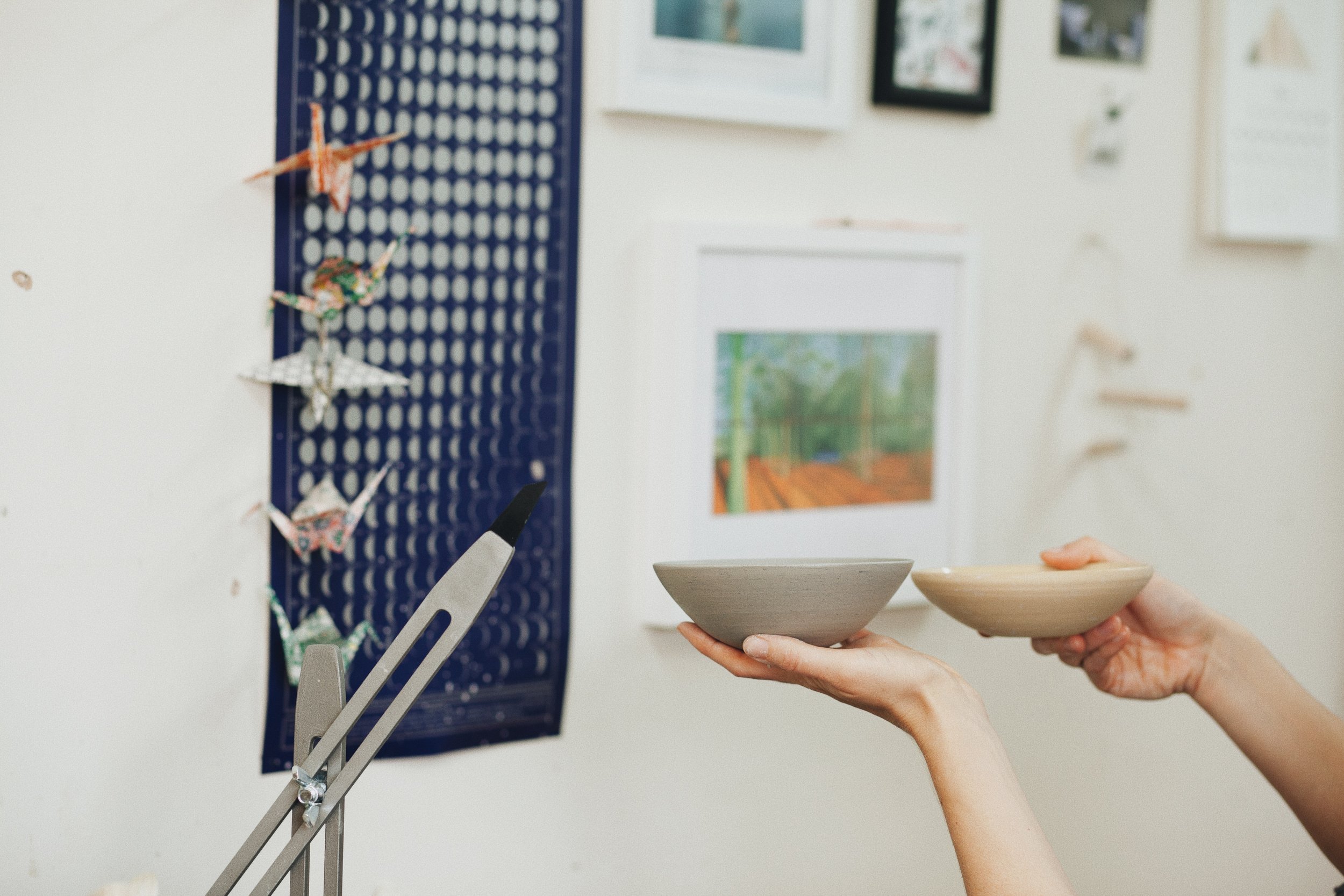
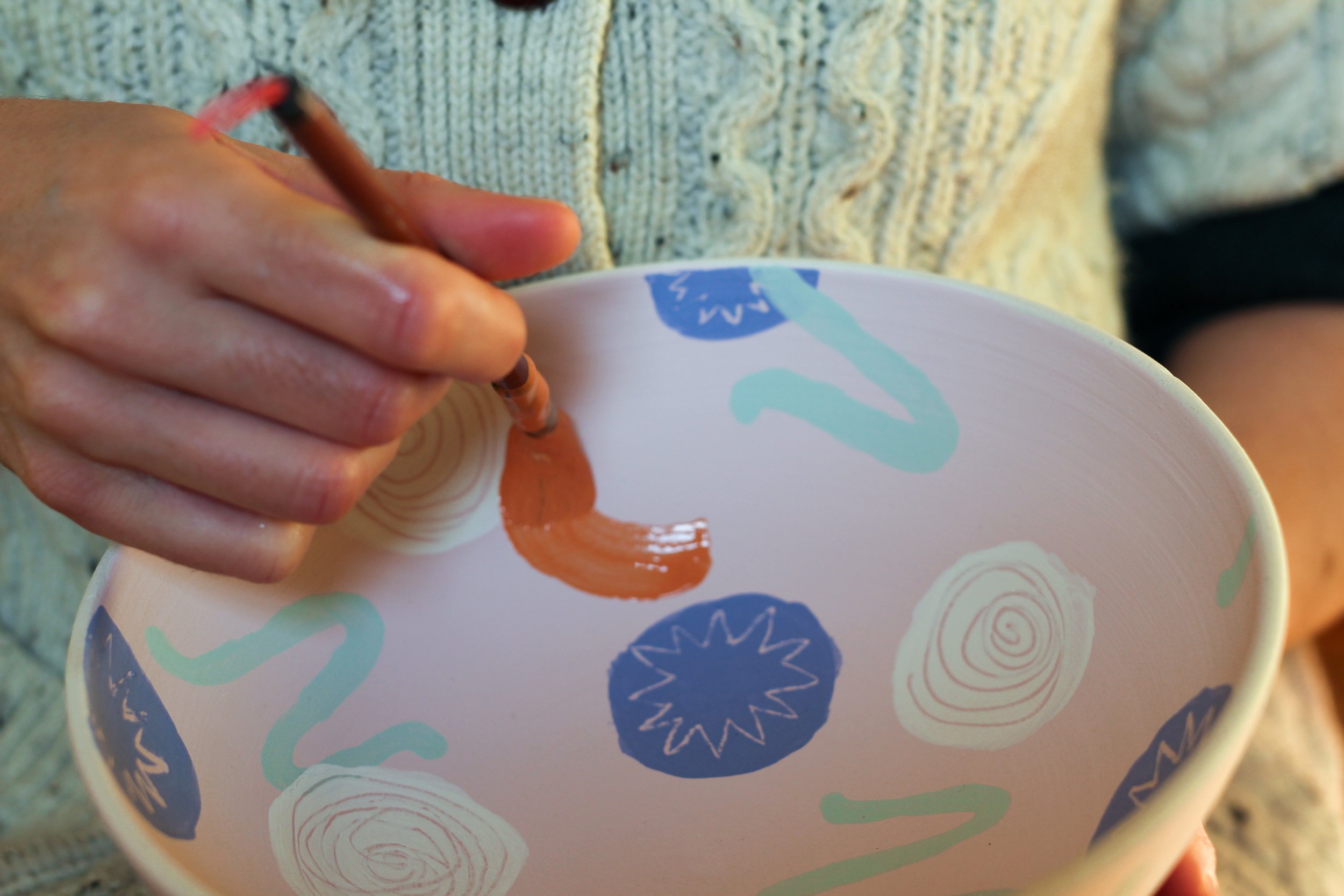
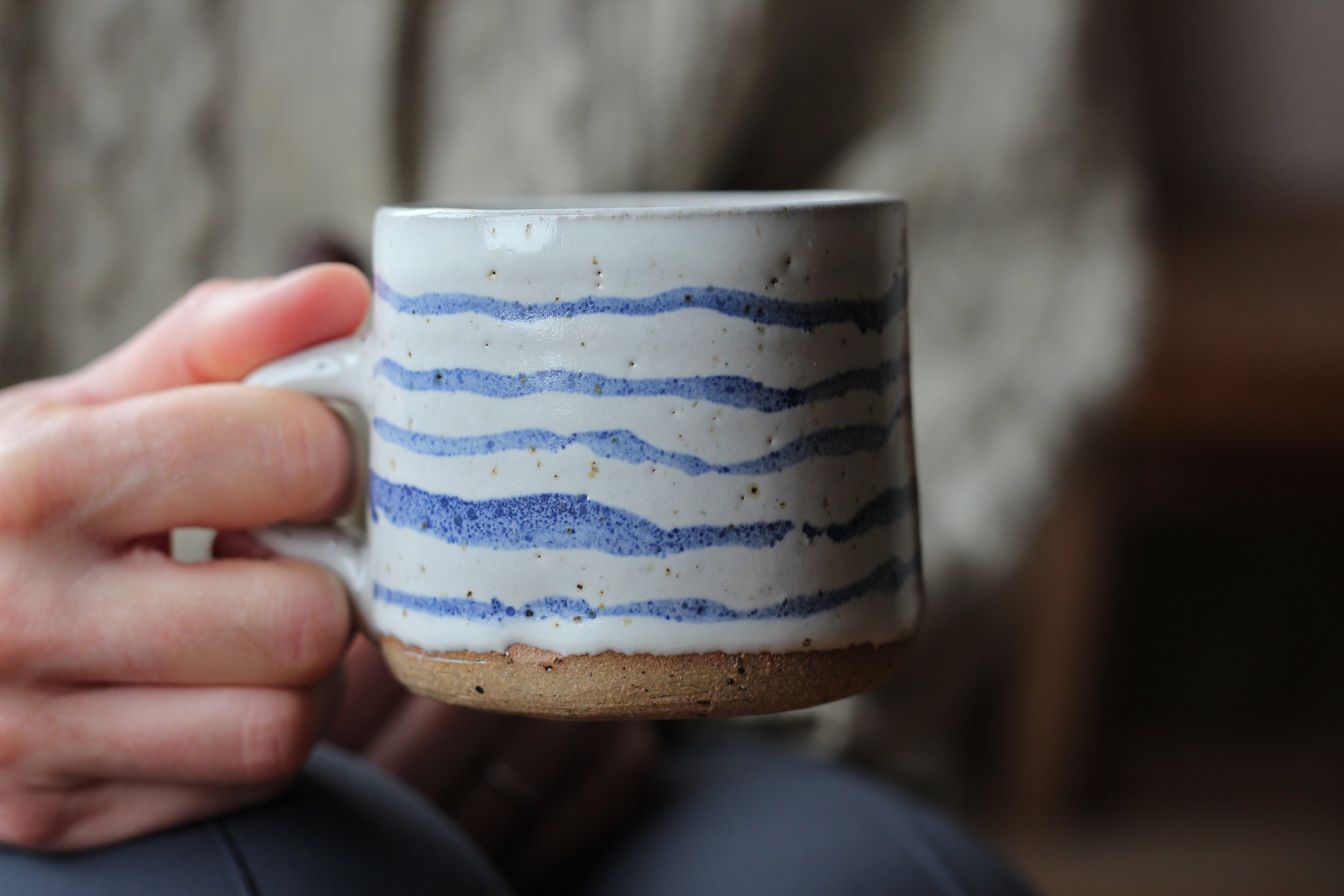
How does your location inspire you?
I find myself continually inspired by Scotland. I moved to Glasgow in September 2020, so might be very much still in the honeymoon period, but I’ve found it to be such a beautiful, vibrant and friendly city and I love being there. The old tenement buildings, the rivers and the green spaces, it’s like nowhere else I’ve been in the UK. When I moved it took a while for me to find a studio space and I’d sometimes take myself on day trips to local places to keep busy.
There’s a little beach called Lunderston Bay about an hour or so west of Glasgow and there are all these pink and purple rocks and I think they’re so beautiful. It made me want to learn more about geology. I’ve also got into hiking and camping; the hills of Scotland are something else.
The landscape really comes into its own during winter – the browns of the dying ferns across a hillside always look like a sumptuous velvet blanket to me. And the moss and lichen are so lush and sprawling, it reminds me of the kind of greenery I saw in Japan. The colours and the textures in the landscape are all sources of inspiration.
Quick-fire questions
Describe your work in three words: Exploration, exorcism, experiments.
What are your creating rituals? Tidy workspace, coffee and music or a podcast.
Tea or coffee? Coffee
Mountains or sea? Mountains
Night owl or early bird? A one hour before lunch person – that’s a Jo Firestone joke that resonated hard with me!
I wish someone had told me… You have permission!
Find Cath online via her website and on Instagram (@cathpotsss)
Photography by Hannah Barnes and Cath Maskell
